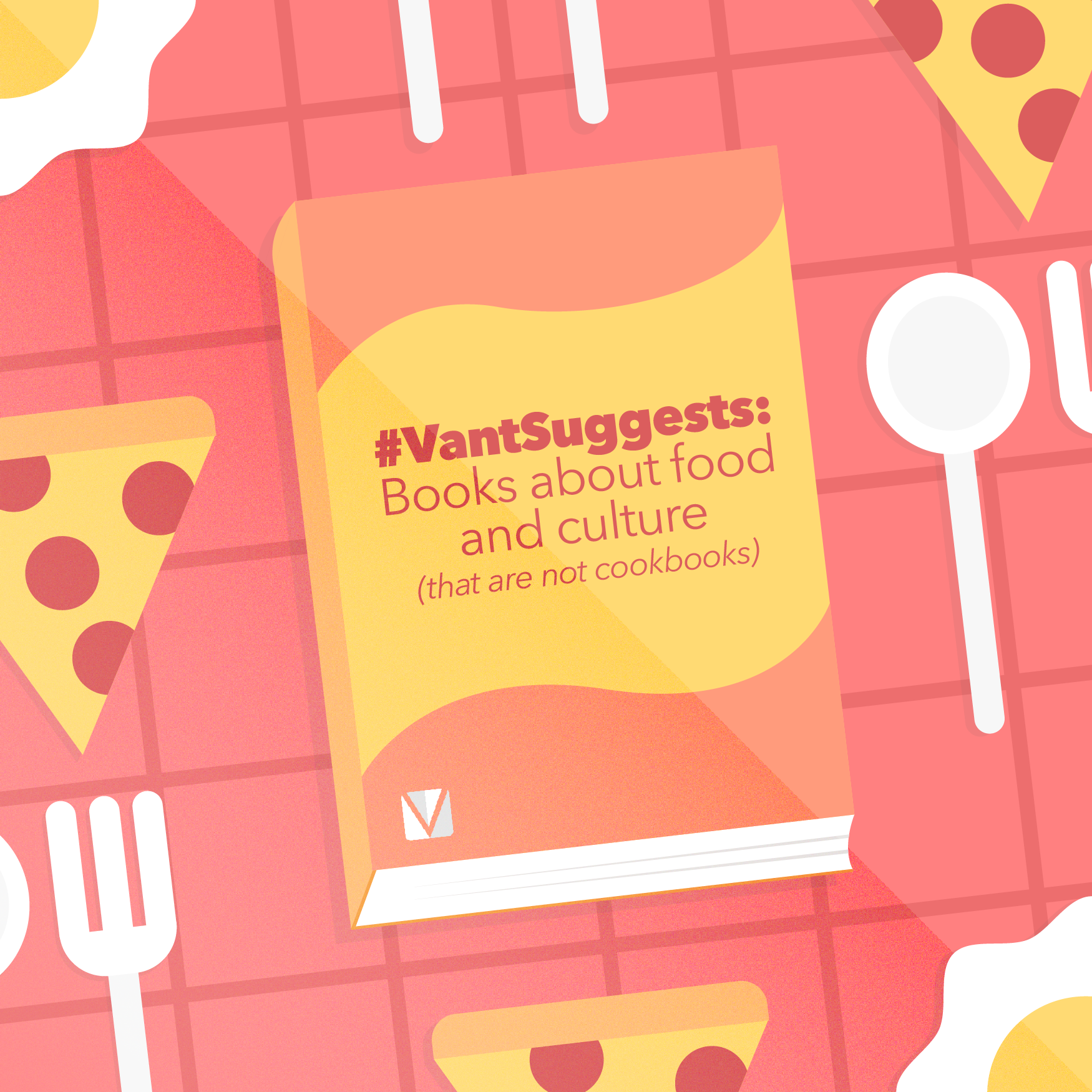Food and culture are inextricably linked; we turn to food to create communities and form relationships. In various works of literature, food is rarely absent as it has always been a vital aspect in telling stories about people and their lives. With culture’s increasing complexity comes the rise of narratives rooted in the substances that sustain us. Vantage rounds up works by five contemporary Asian authors who use food to explore the emotions attached to everyday life.
Sweet Bean Paste by Durian Sukegawa
Sentaro makes dorayaki for a living (or at least until he pays off his debt). Made by sandwiching sweet bean paste in between two pancake-like patties, dorayaki’s deceptive simplicity unravels before his eyes as an elderly woman named Tokue steps in to work part-time. Following this unlikely partnership, Sweet Bean Paste unfurls as a meditation on empathy, guilt, and how we come to terms with life’s circumstances. Here, food is just as much the presence as it is the absence of something. Well-paced and delicately written, Sukegawa tells a story as simple and as complex as a piece of dorayaki.
Interior Chinatown by Charles Yu
Charles Yu finds a balance between humor and heart in Interior Chinatown. The novel tells the story of Willis Wu, a rising actor who lives right above Chinatown’s Golden Palace Restaurant—which also happens to be the setting for a cop drama called “Black & White.” In this show, Wu takes on the part of “Background Oriental Male,” and readers witness how he makes his way from playing non-speaking roles to finally being “Generic Asian Man.” However, this isn’t enough, as his ultimate dream is to play “Kung Fu Guy”—the highest role offered to Asians like him. In this poignant tale, Charles Yu uses food as a symbol to highlight the character’s state of living. Sustenance is abundant for a few distinguished roles, while extras simply take what they are given. Drawing inspiration from his own experiences, Yu narrates the Asian-American experience in a world where they are treated as background characters.
Arsenic and Adobo by Mia P. Manansala
Lila Macapagal is back in her hometown and must help her aunt keep her restaurant alive. In accordance with Filipino tradition, the restaurant is aptly named Tita Rosie’s Kitchen. However, this hearty reminder of home begins to represent the beginnings of a rocky path when a death occurs at the restaurant. Suspicions arise as the food they serve is put into question. What progresses is the story of a Filipino immigrant family and the food that keeps their bodies and souls alive. Here, food serves as an invisible line of memory and hope, connecting them to that place they call home. Refreshing and timely, Manansala builds a fictional world that may remind Filipinos of their own reality. From images of the Last Supper hanging on the wall to signature Filipino dishes, Arsenic and Adobo feels like a diary from a parallel universe—maybe with the exception of the murder.
Crying in H Mart by Michelle Zauner
Crying in H Mart is a heartfelt memoir written by Korean-American Michelle Zauner as a tribute to her late mother. Growing up in America, her mother saw Korean cuisine as a way to bring young Zauner closer to her Asian roots. In their household, love was expressed through carefully-packed lunches and extra servings of their favorite side dishes. As the strongest lifeline to their culture, food brought their family together, and so losing her mother meant that these ties would be severed. The author seamlessly weaves her narrations through food; its presence constant in each milestone and in each setback. This book is an ode to grief, learning to live with it, and learning to honor it.
Before the Coffee Gets Cold by Toshikazu Kawaguchi
Within the bustling city of Tokyo lies a small café that offers its customers the chance to travel back in time, but only for as long as their coffee stays warm. The short novel is told over a series of small vignettes, detailing the lives of four people who wish to reconnect with others and possibly make things right. There are consequences to defying time, but one thing remains: Nothing about the present will change. While the past might be out of reach, there is comfort in knowing that the future hasn’t happened yet. The book is full of heart; Through the characters’ lives, readers are given a glimpse of the bond that is created between the café’s visitors and staff as they live through their losses quietly.
Literature provides a window to explore the varied emotions and identities that come with food and culture. Storytelling’s capacity to evoke familiar feelings like grief and joy make it relatable to many, allowing readers to look into the world of another. Whether you’re an avid reader or an aspiring chef, there’s a story and taste specially catered for you.






